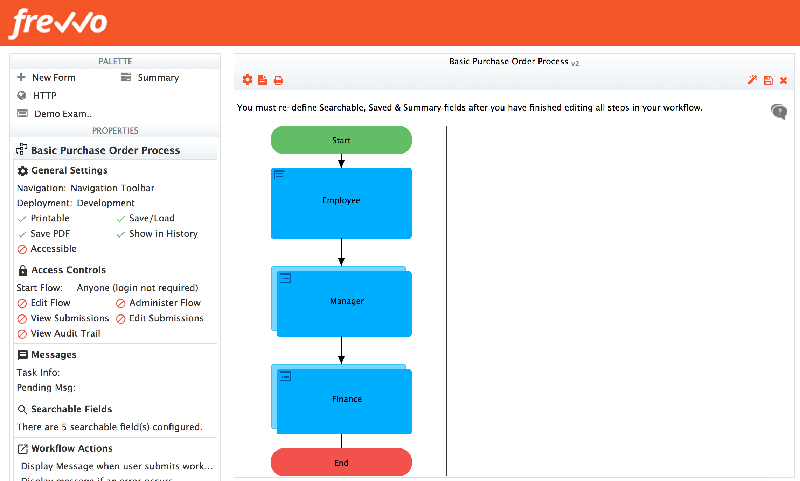The pandemic and its aftereffects have led to many companies shutting down, but it hasn’t slowed entrepreneurs. In fact, entrepreneurs from all over the world have decided to start new businesses instead.
Over 50% of respondents to this 2020 survey said they were inspired to start a new business after identifying new opportunities during the pandemic.
This surprising statistic shows that many entrepreneurs are hoping to capitalize on a post-pandemic economic resurrection. However, the business landscape and workspaces, in general, have changed significantly over the last year.
To help aspiring business owners, we’ve provided seven tips to bolster their understanding of a post-pandemic economy and how they can thrive in it.
1. Re-assess your Business Plan
You’ve probably already created a concrete business plan. However, it’s time to take another look at it and see if it still works today.
It’s important to remember that just because pandemic restrictions have ended in many places, customers will still have health and safety concerns and make purchase decisions accordingly.
Plans for a cafe, for example, might need additional resources to include an online ordering and food delivery system. This means re-assessing business goals, the employees you’re going to hire, how you’re going to set up the online system, and where you will get extra funds for it.
2. Streamline Investor Outreach
Seeing how many businesses closed their doors or suffered significant losses since 2020 is bound to have made investors more cautious.
But just because funds may be tight or funding might be hard to acquire, that doesn’t mean you should give up.
Instead, you should focus on creating an effective investor outreach strategy.
This strategy requires entrepreneurs to assemble the best possible team within their budget. Typically, it should have fundraising advisors, consultants, data analysts, researchers, marketing experts, etc.
Since the pandemic led to an increase in remote workers, you can now hire team members on a freelance basis to reduce startup and overhead costs.
This team will be responsible for researching potential investors, figuring out how to connect with them, and convincing them to listen to your pitch. You must provide them with the right software and tools to reach out to investors more efficiently. Here’s what an outreach email looks like:

3. Financial Planning
Once you’ve received funding, you need to focus on financial planning. Your financial assessment needs to consider the following factors:
- Startup costs (business registration and license)
- Rent (for office or commercial spaces)
- Employees
- Software (tools to help your employees)
- Any specialized equipment
You should also consider cost-saving measures so you can spend the money where it matters. For example, you can reduce overhead costs by using PEO providers instead of a permanent HR department.
A comprehensive financial plan and a good financial projection are essential for a successful business. It ensures that you don’t make common errors like focusing on aesthetic elements over functional ones. A cafe owner should be spending more on chefs and cooking equipment rather than buying fancy tables and chairs.
Proper financial management also means you will have backup funds to pivot when needed — something that many businesses wish they had in 2020.
4. Create a Strong Digital Identity
In 2021, over 2.14 billion people worldwide are expected to buy goods and services online. That number is probably a low-end estimate considering the effects of the pandemic.
Whether your new business is B2B or B2C, you need to create a strong digital identity that is content-rich and spread across different channels (blogs, emails, social media, etc.).
As a new company, your blog plays a vital role in showcasing your expertise and building authority. Long-form content, such as how-to guides and review lists, can be excellent for this.
Search Engine Optimization (SEO) is also key. You need to understand what your target audience wants and the best strategies to reach them.
Once you have worked on the buyer personas, run mobile native ads which is way better than traditional advertising.
Your marketing campaigns also need to be consistent and target multiple audience segments. Hubspot’s 2020 report states that marketing to three audience segments is commonly the most common tactic.

Entrepreneurs need to thoroughly research the market and their competitors to see which content strategies to use for which channel.
5. Master the Cold Outreach
A digital identity isn’t enough to get customers. In the initial days of a company, you need to do a lot of cold outreach.
Cold outreach involves your sales and marketing teams working together to create emails that you can send to customers who have never heard of your business. It’s meant to entice them into giving your product/service a chance or offer ebooks via lead magnets.
As you can probably guess, many people are not open to trying new things in the current economic climate.
Your goal is to send emails to enough customers within your target audience so that a portion of them will check out what you have to offer. You should use a free email verification tool to make sure your emails will be received.
Sometimes, your prospect may not reply. You may want to remind them. Use these reminder emails to improve your conversions.
6. Use a Dynamic CRM
When customers start trickling in, you need to be prepared and ready to hit the ground running. Your sales and marketing teams need to generate leads, nurture them, and lead them down the sales funnel, while your customer support reps must answer queries.
To do all of this efficiently, you must use comprehensive CRM software that lets key teams effortlessly collaborate with each other.

Customer relationship management is the key to keeping current customers happy while trying to attract new ones. CRM software has an extensive list of features that elevate lead management, contact management, project management, and your entire sales pipeline.
7. Enhance Internal Processes
A new business likely has a small team with each individual handling a whole load of tasks. The larger the workload, the higher the chance for errors.
In addition to this, larger workloads don’t necessarily mean your team is being productive; they could just be busy with a range of low-impact tasks.
You can solve all of these problems and significantly improve internal processes using business workflow automation tools that are cloud-based.

Automating repetitive tasks eliminates your team’s workload and lets them focus on impactful tasks. Automation also reduces silly errors. In an automated workflow, every task is sent through each step of the workflow seamlessly.
This is especially important post-pandemic, where a significant number of employees are choosing to work remotely. It helps in managing remote teams. You don’t want remote teams working in different time zones struggling to complete small tasks or fixing basic process-related errors.
Wrapping Up
In a post-pandemic world, innovation must be supported by planning, security, software, and perseverance. There’s no easy way to succeed, but using the right strategies and tools ensures you get your best shot at being a thriving business owner. You can also check bizfundinghub.com for more tips on starting a business.


































